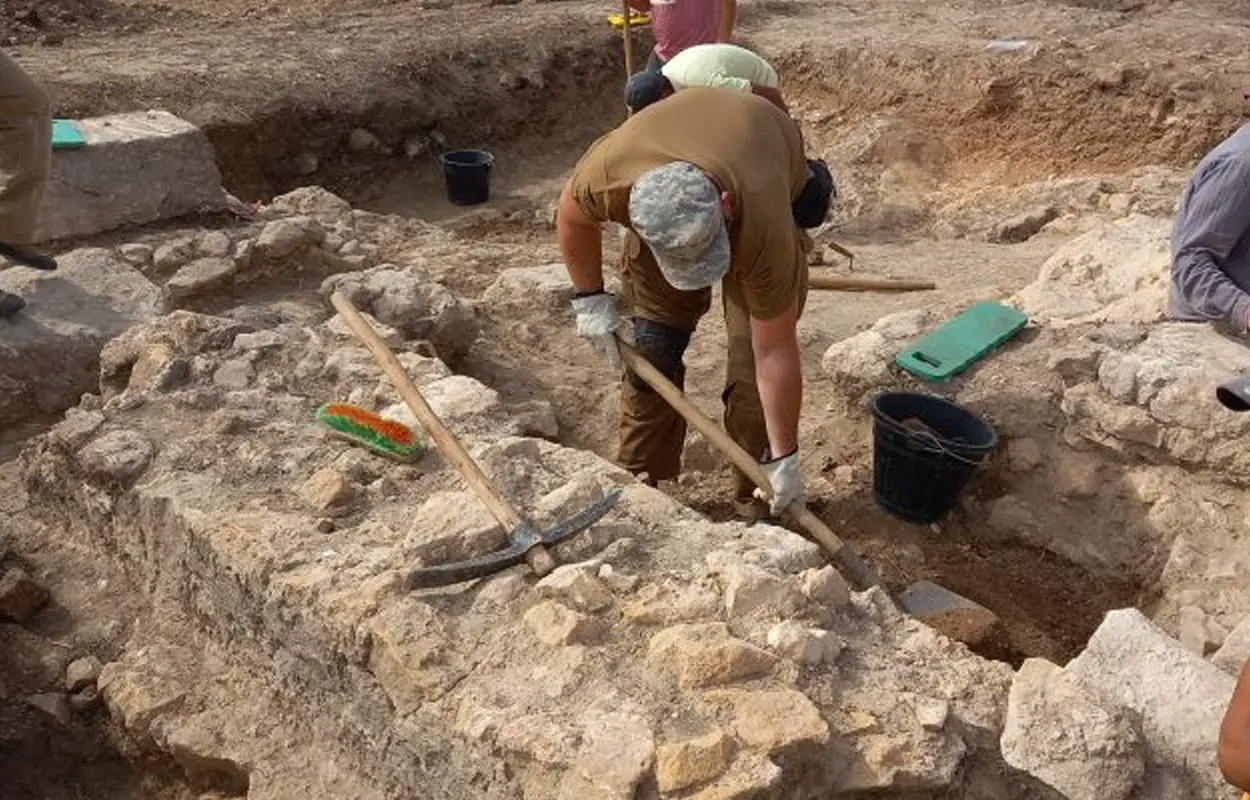A joint Polish-Moroccan team of archaeologists have uncovered a Roman military observation tower in the city of Volubilis, Morocco.
After the fall of Carthage at the end of the third Punic War in 146 BC, the Kingdom of Mauretania emerged that stretched from central present-day Algeria westwards to the Atlantic, covering northern Morocco, and southward to the Atlas Mountains.
The Kingdom became a client state of the Roman Republic, but maintained many Punic influences, such as the magistrates retaining the Carthaginian title of suffete.
Volubilis developed into a city during the reign of Juba II, a client-King of Rome who influenced by Roman art and architecture, which he adopted into the construction of the city.
In AD 44, Emperor Claudius annexed Mauretania and established the Roman provinces of Mauretania Tingitana and Mauretania Caesariensis. Volubilis became a centre of trade, exporting commodities such as grain, olive oil, and wild animals for arenas across the Empire. This allowed the city to grow substantially, and by the end of the 2nd century AD had a population of around 20,000 inhabitants
“On the basis of satellite images, we selected several sites that have a common feature: an oval plan with a rectangle or a square inscribed in it. We chose this particular site because it is located farthest to the south. there could be a place associated with the presence of the Roman army “- says Maciej Czapski, archaeologist, PhD student from the University of Warsaw and a member of the Polish-Moroccan research group.
Excavations revealed the foundations and walls from a Roman observation tower, preserved to a height of around 80 cm. Within the structure, the researchers found the remains of an internal staircase and fragments of cobblestones on the south side that surrounded the building.
Supporting evidence that places the tower from the Roman period are indicated by the discovery of several military artefacts such as javelins, nails from Roman sandals and fragments of belts used by Roman legionnaires.
The researchers believe that the tower dates from between the 1st and 3rd century AD, with the team suggesting that the tower was in use during the reign of Antoninus Pius around the 2nd century AD based on finds dating to that period.
Header Image Credit : Maciej Czapski







